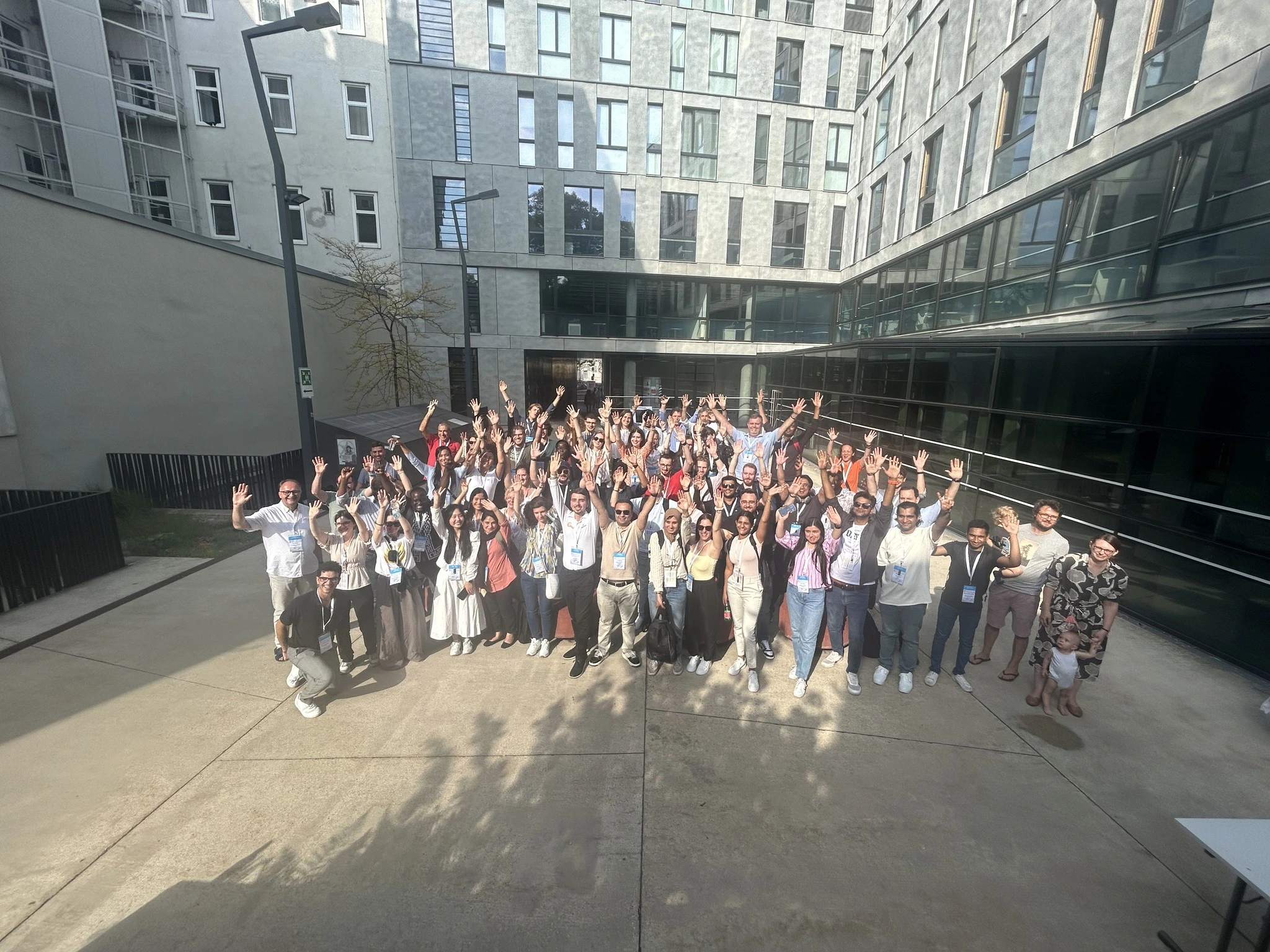A 5.0 Organization is an organization that focuses on the use of human skills combined with the technological potential of robots and intelligent systems, encompassing resilient, green and human-centric approaches.
This project is coordinated and run by member nodes of the OMiLAB Community of Practice.
Email: office@omilab.org
